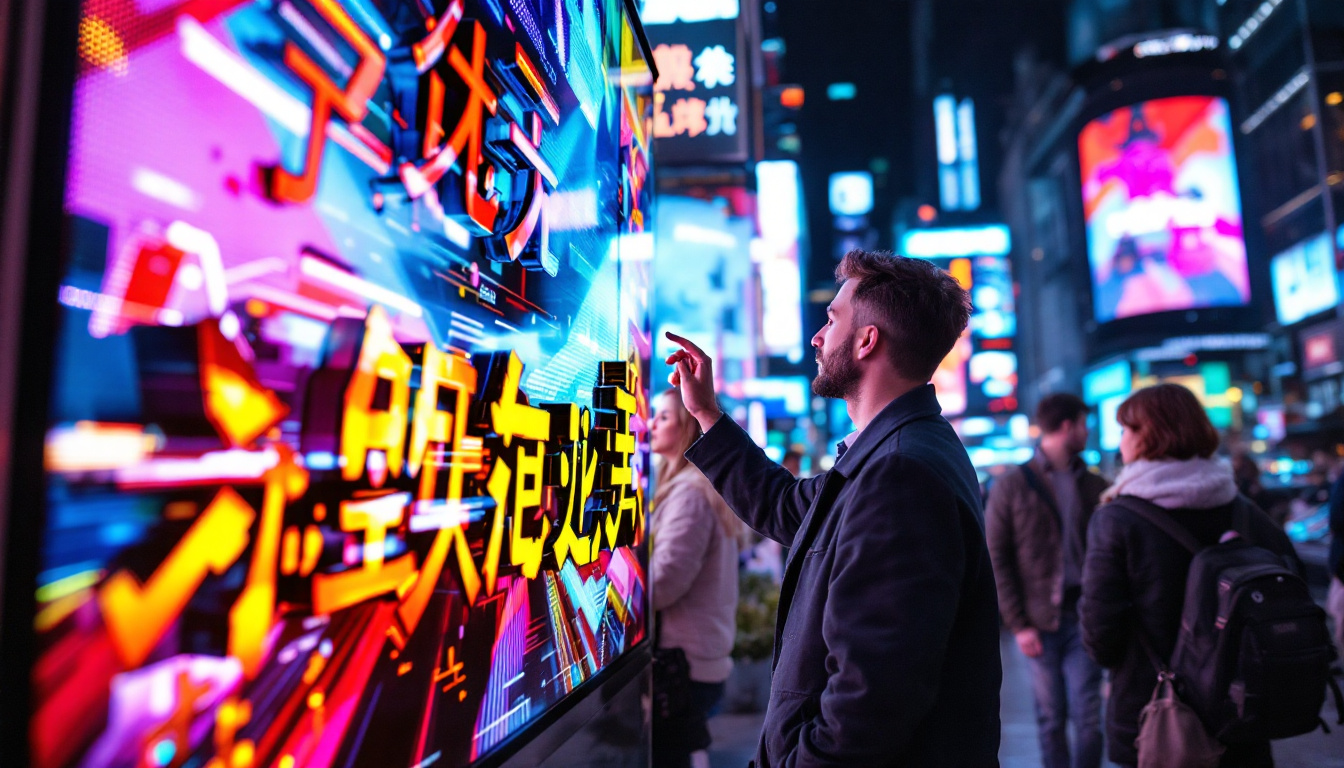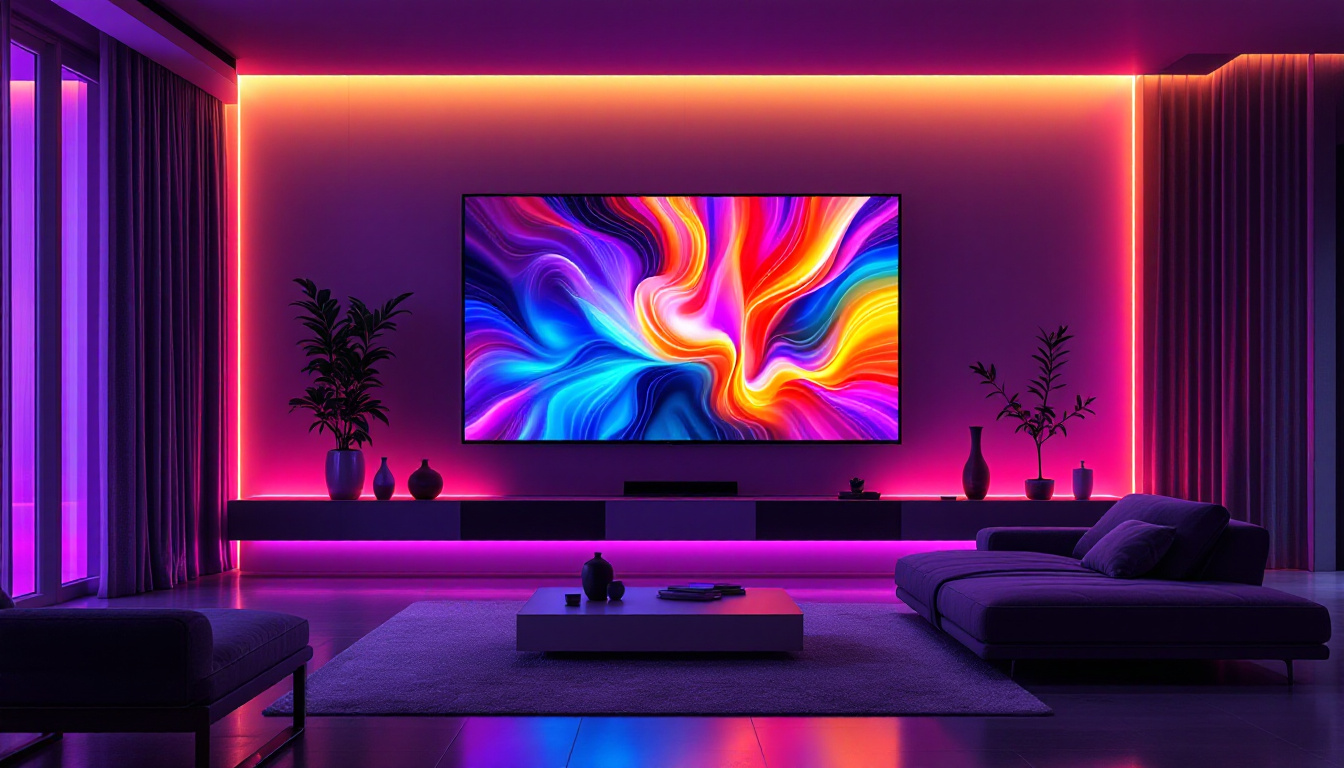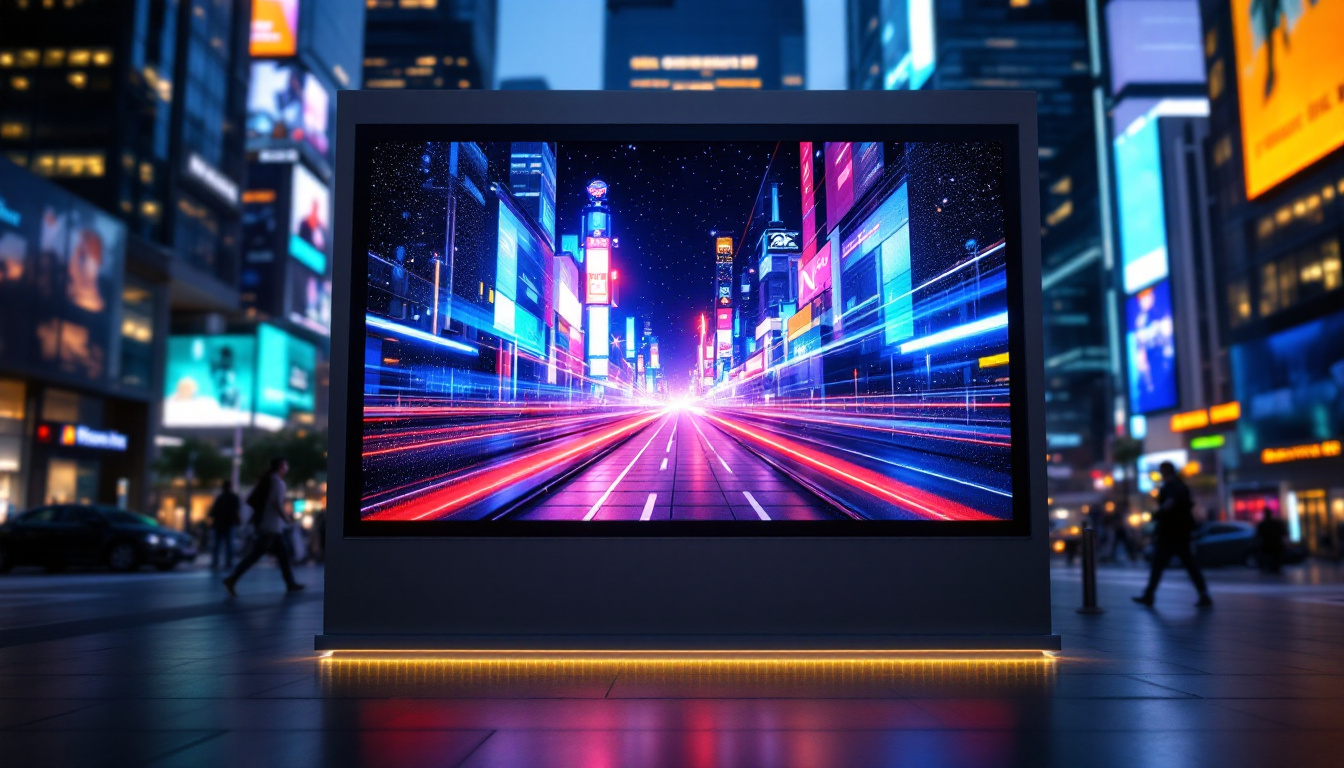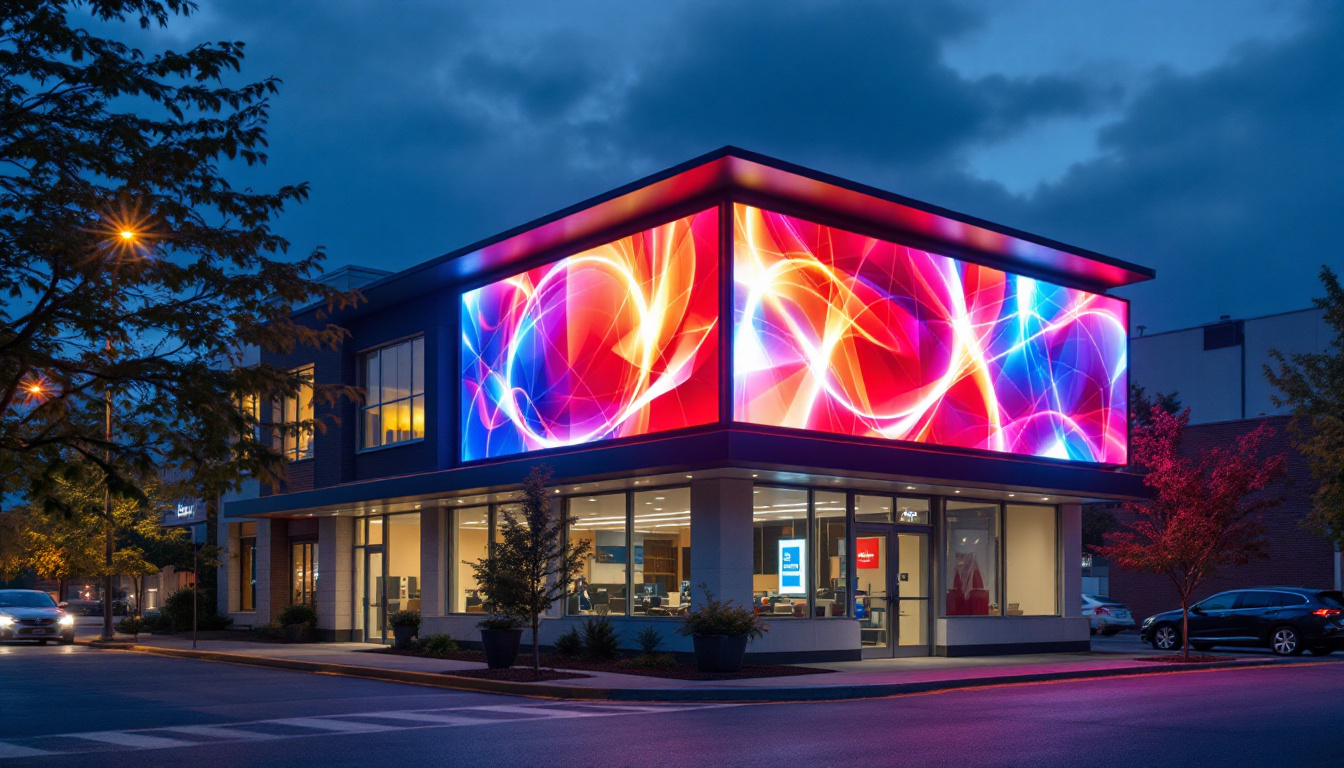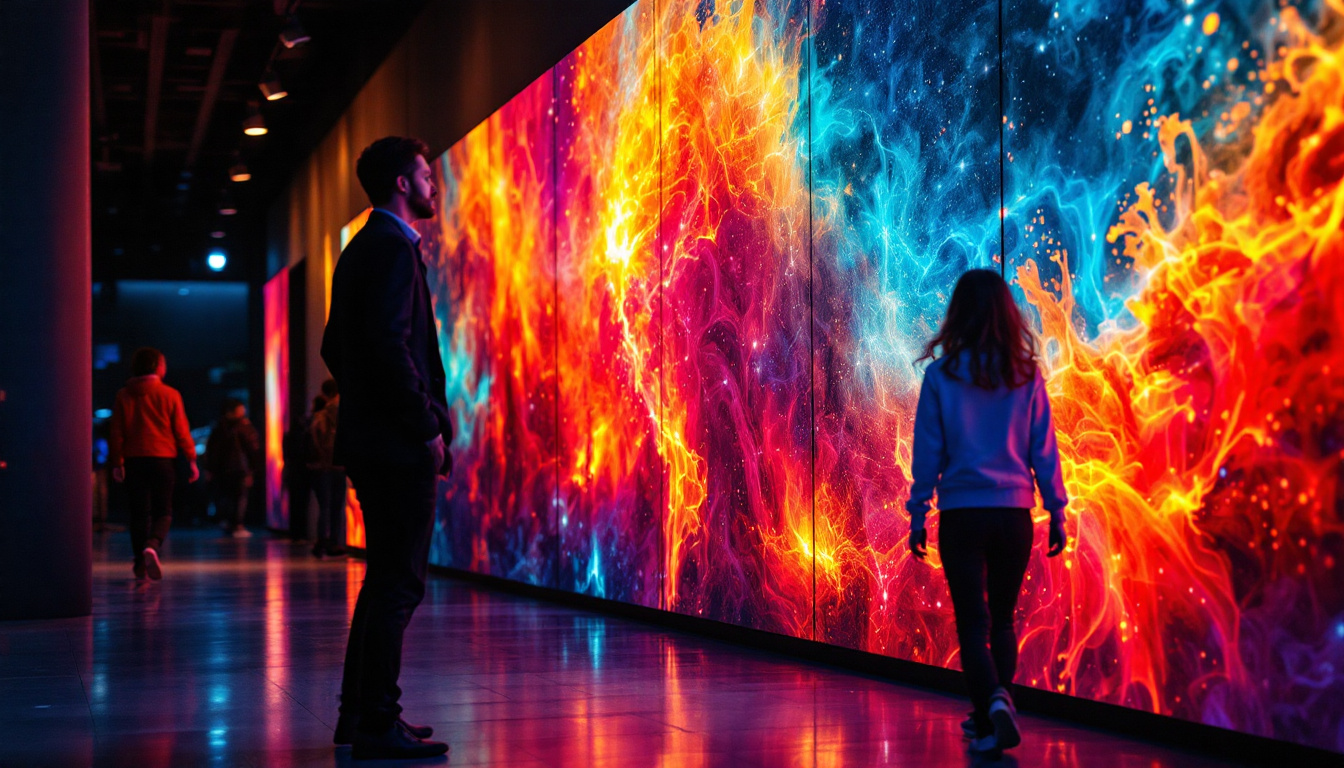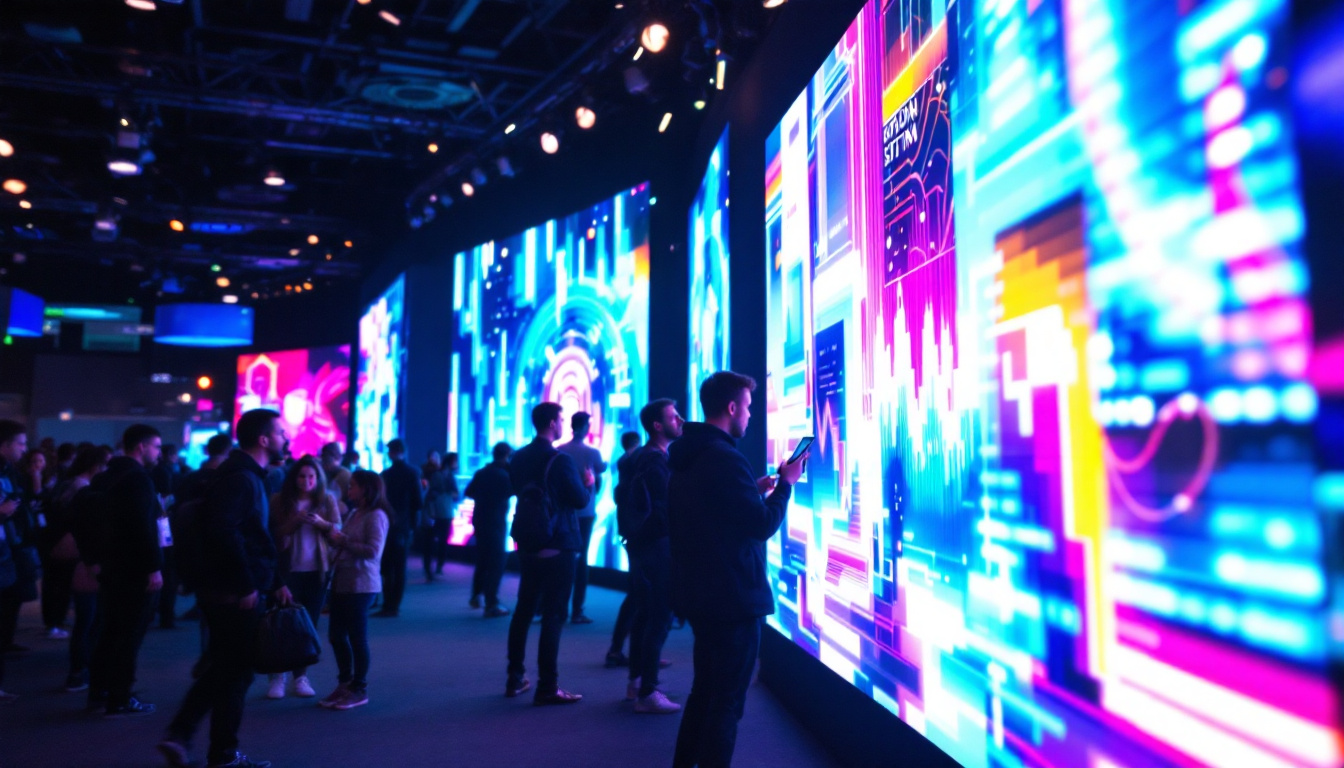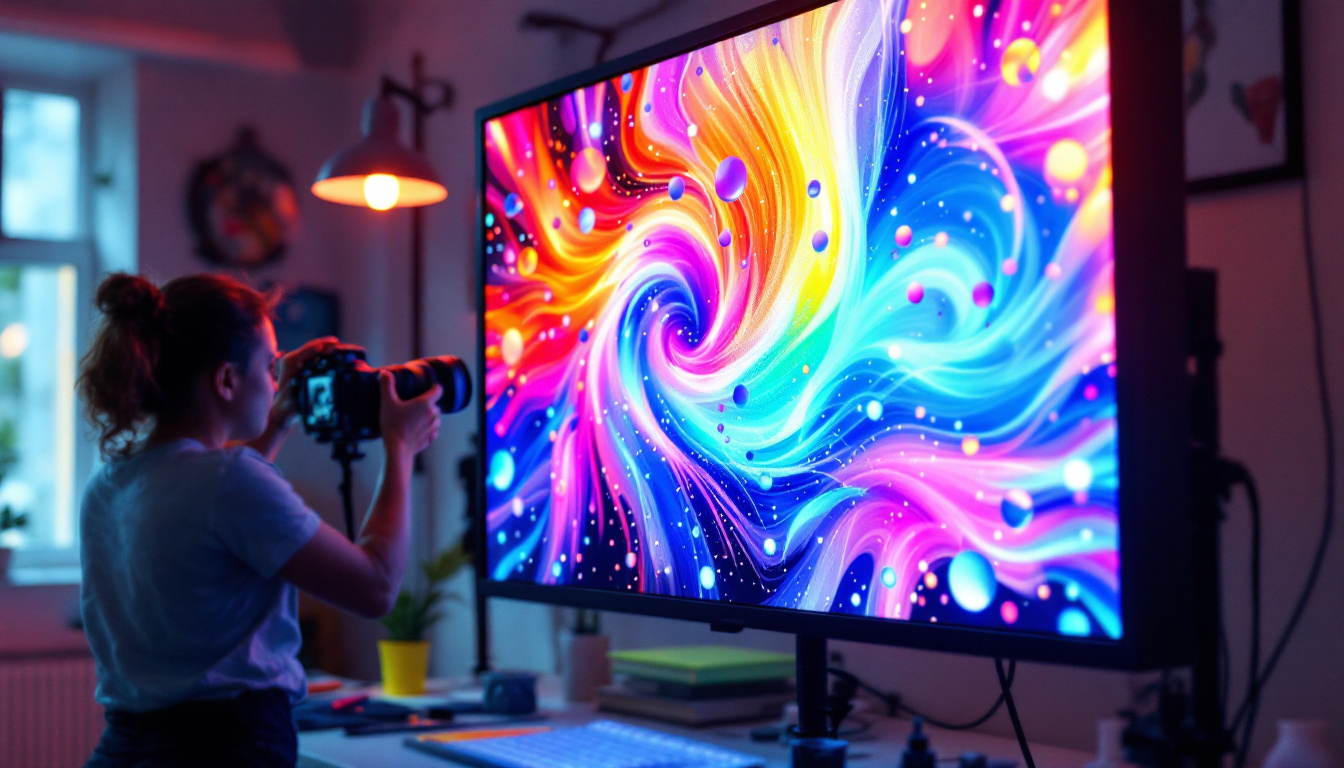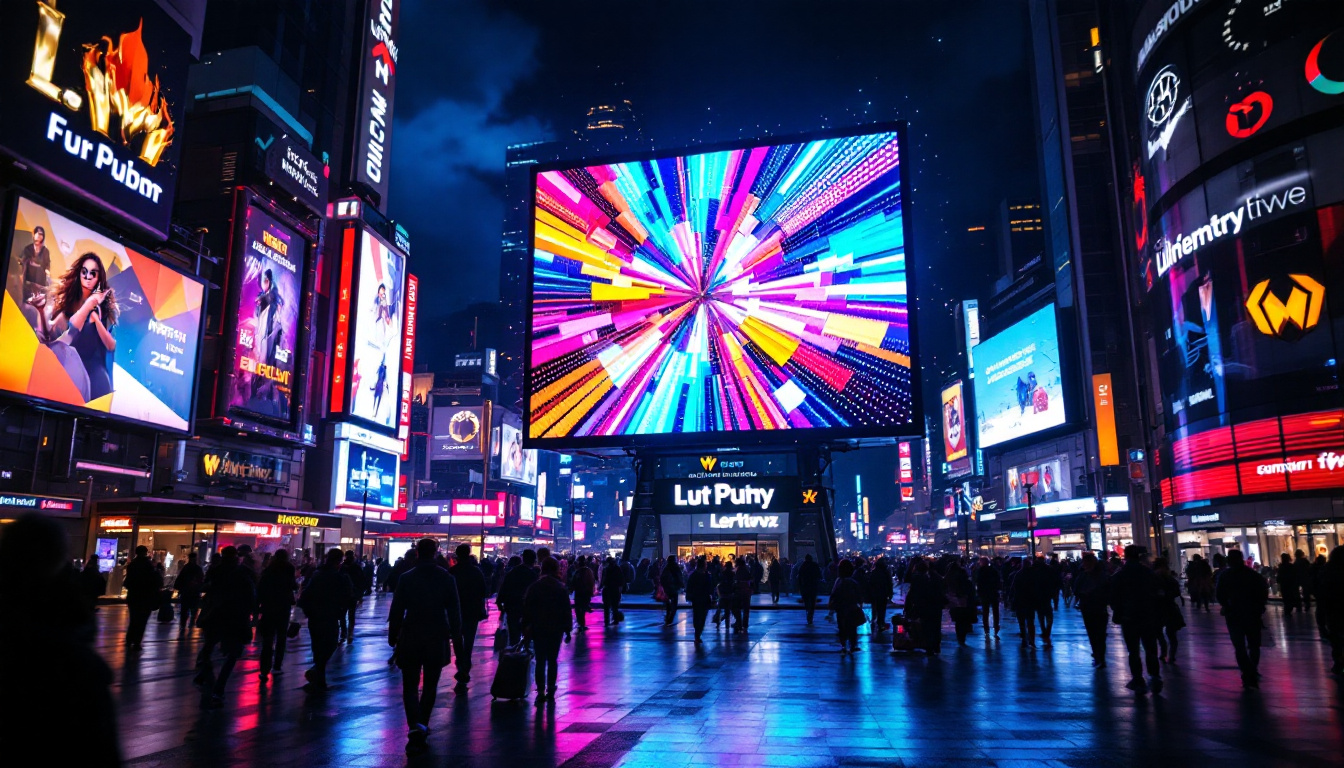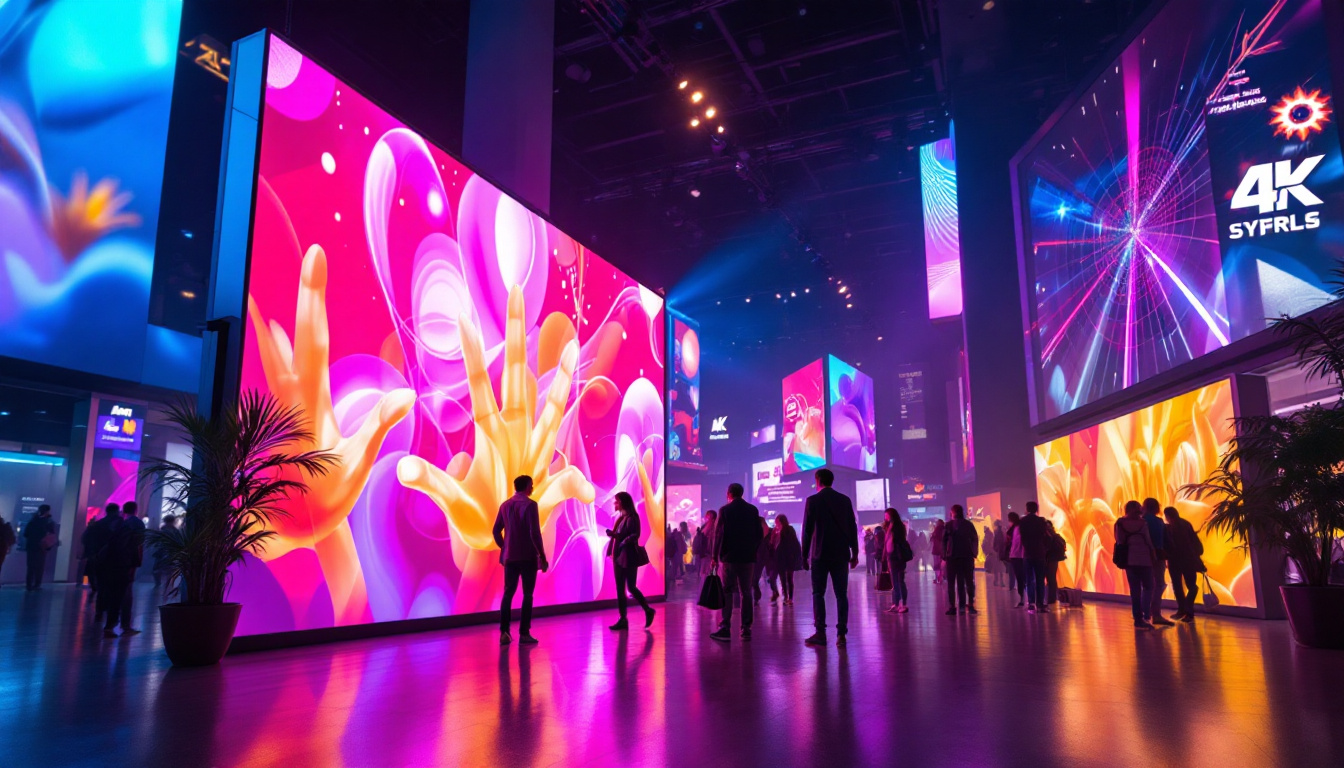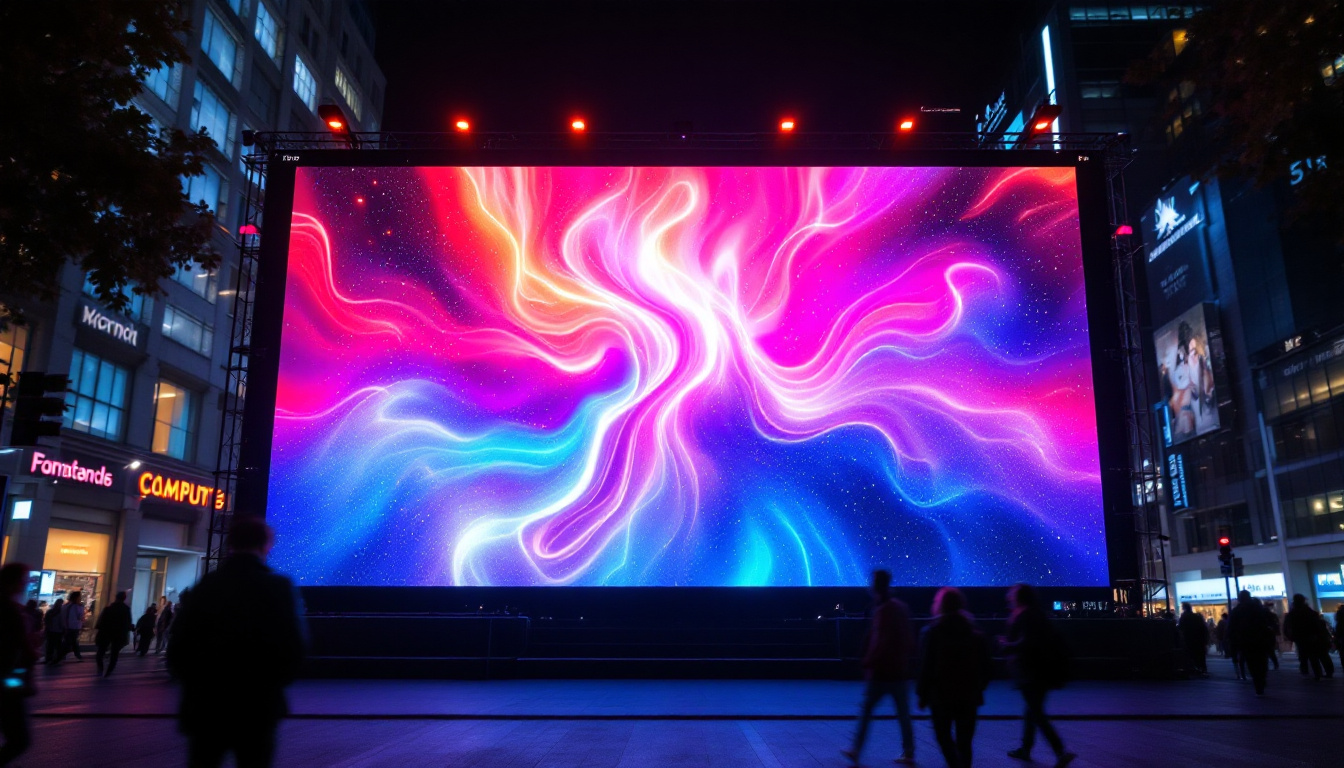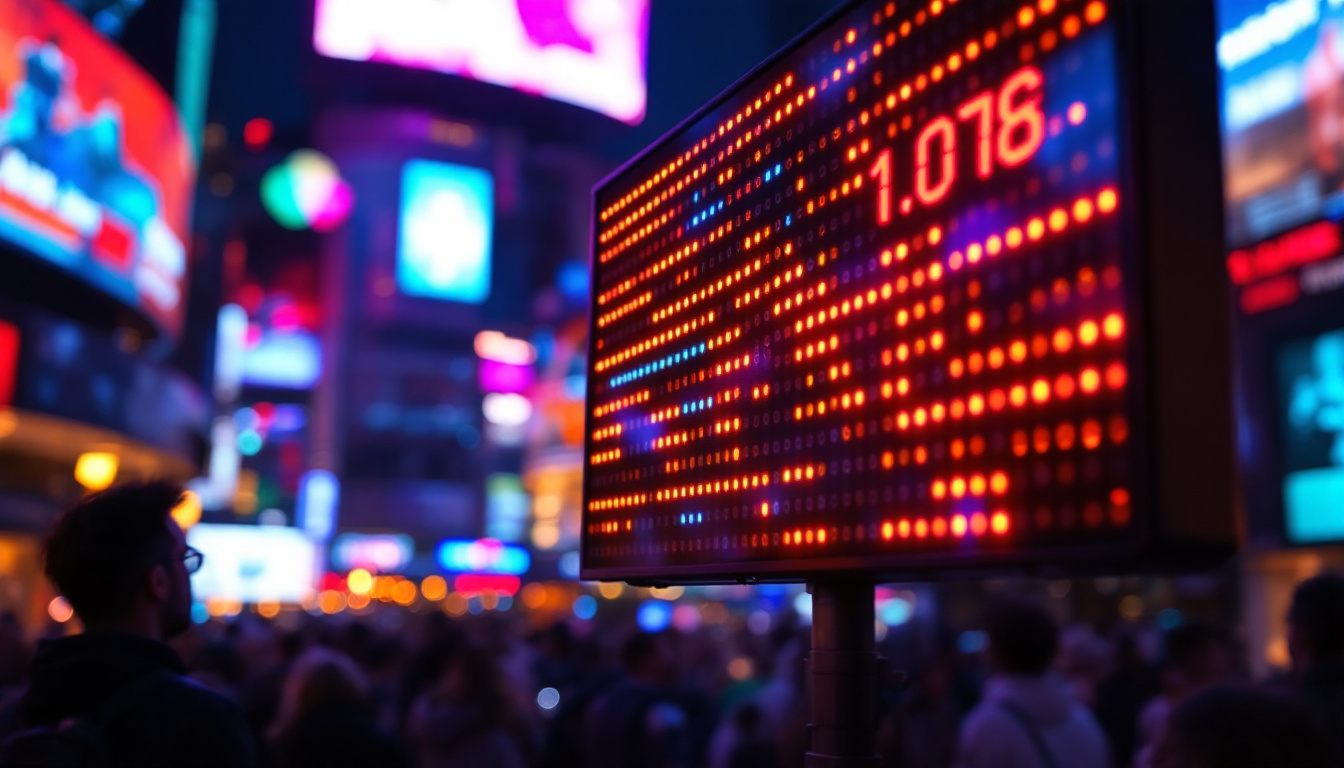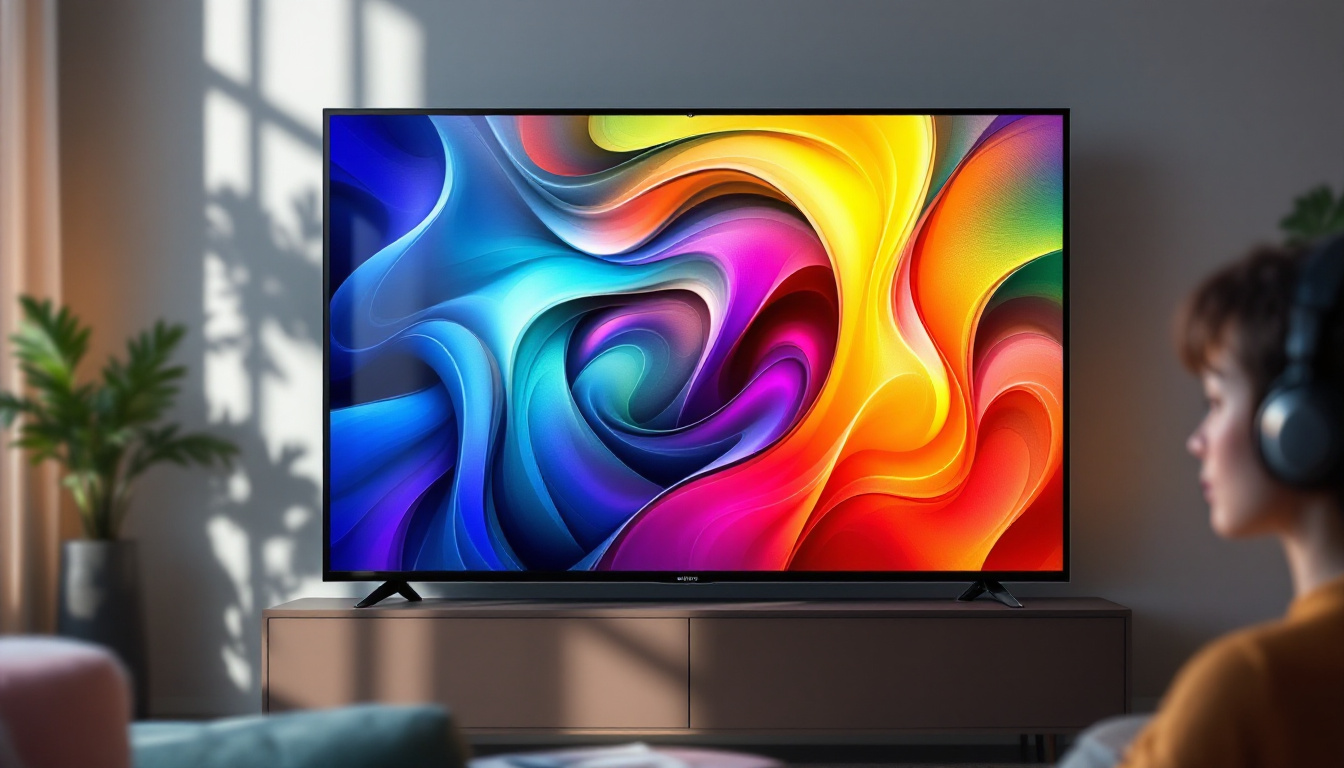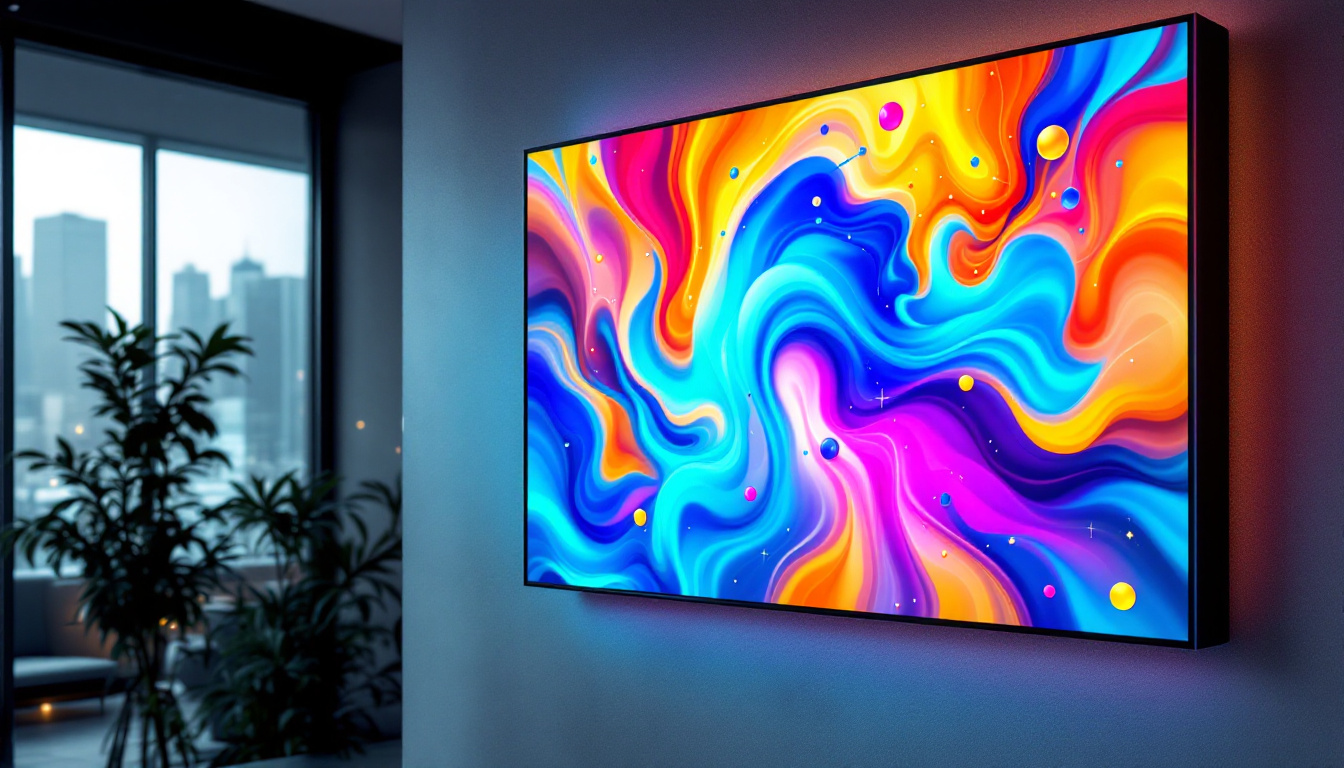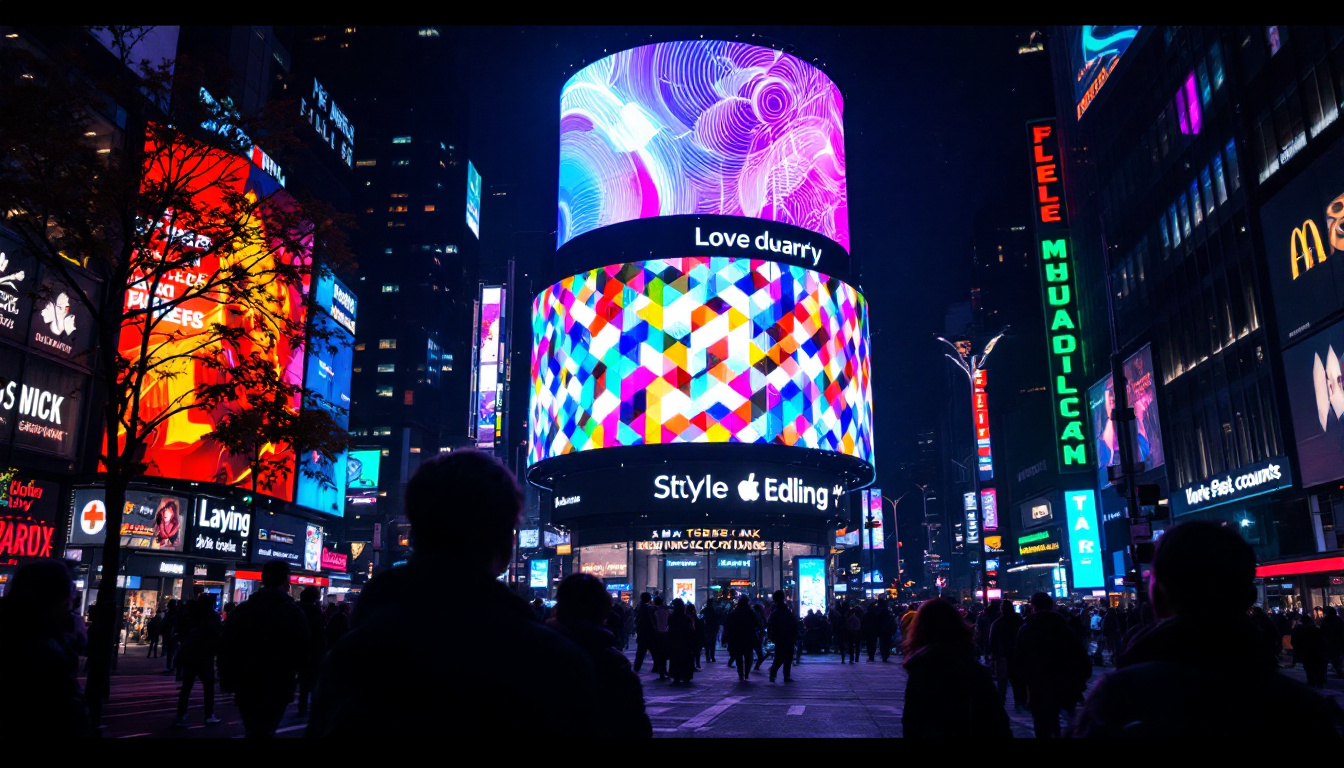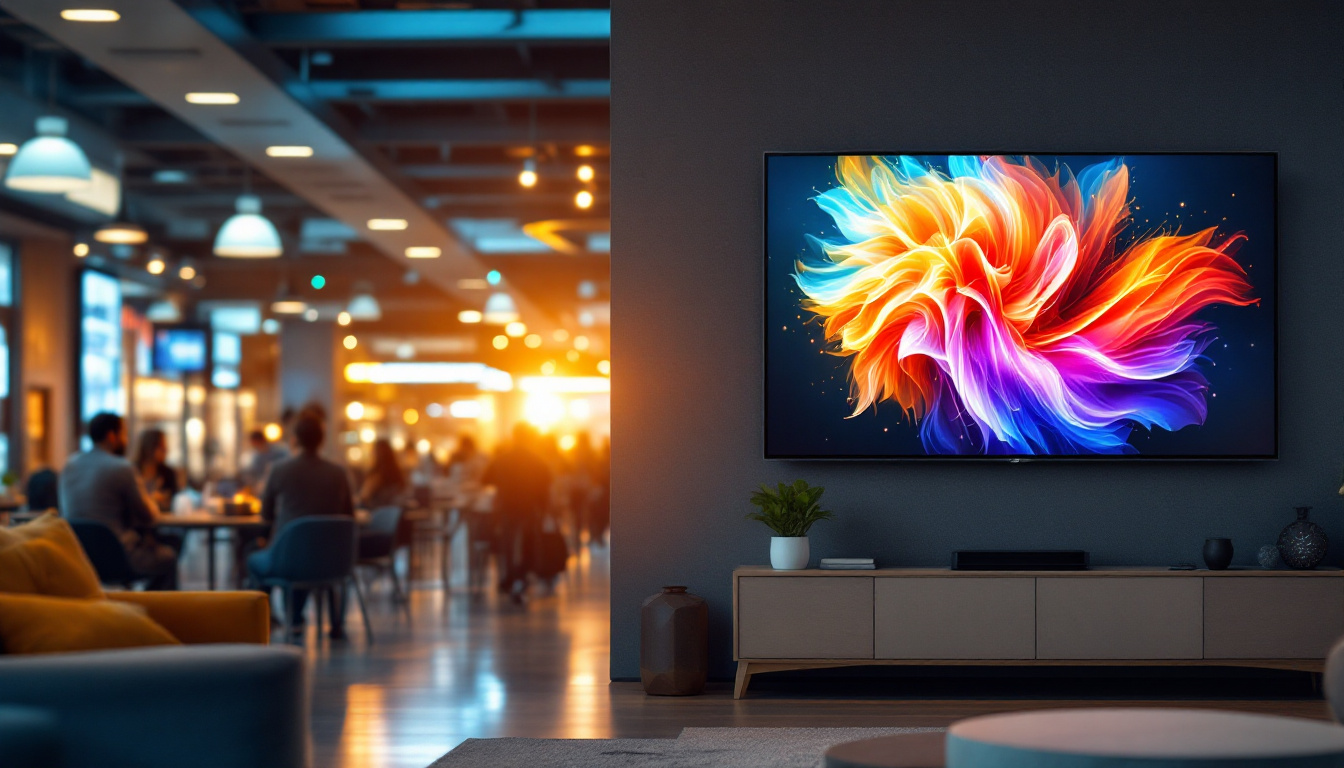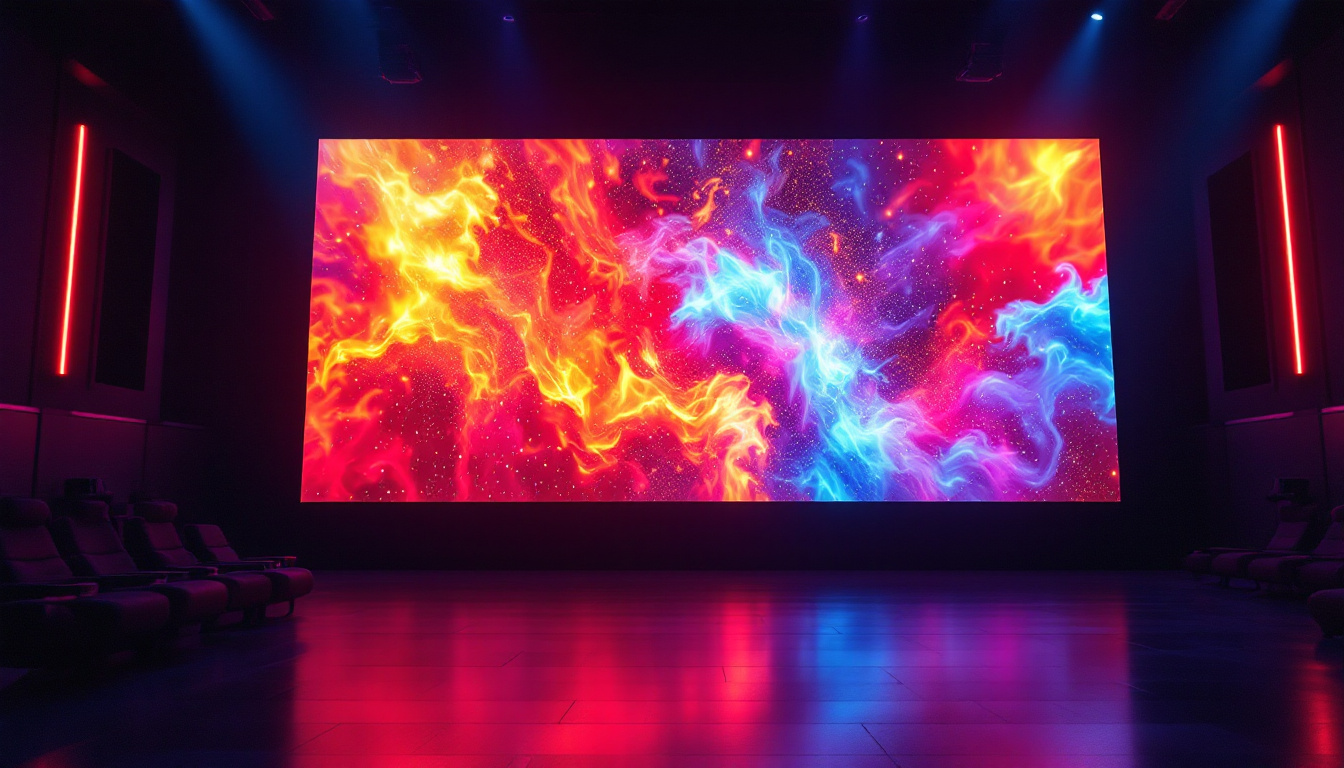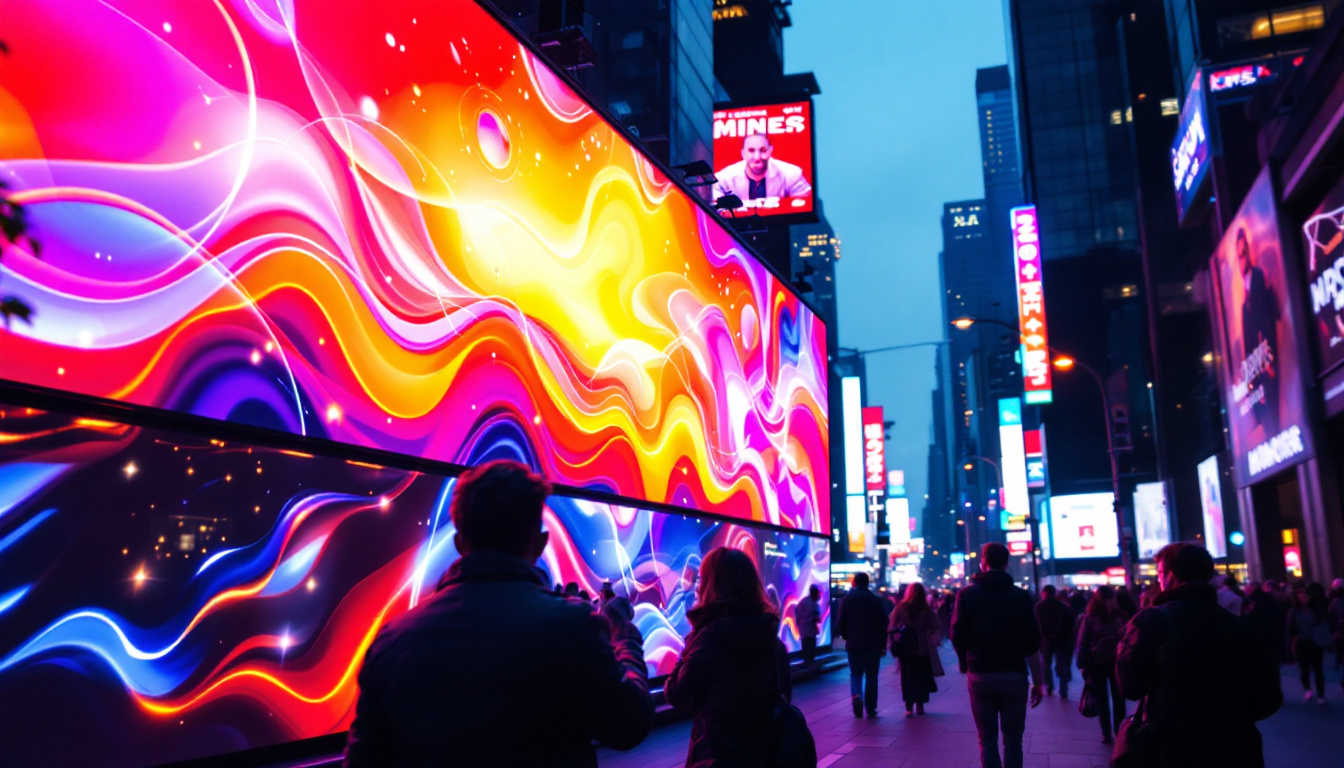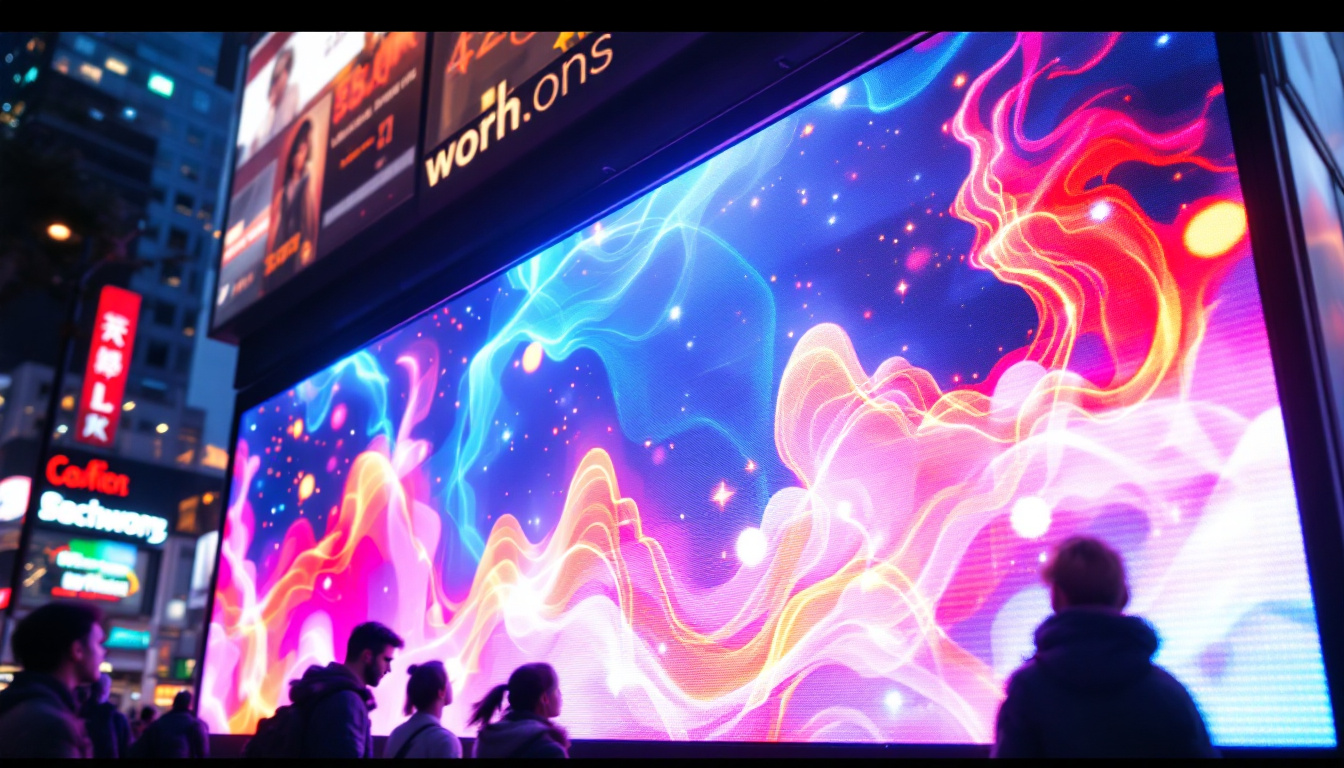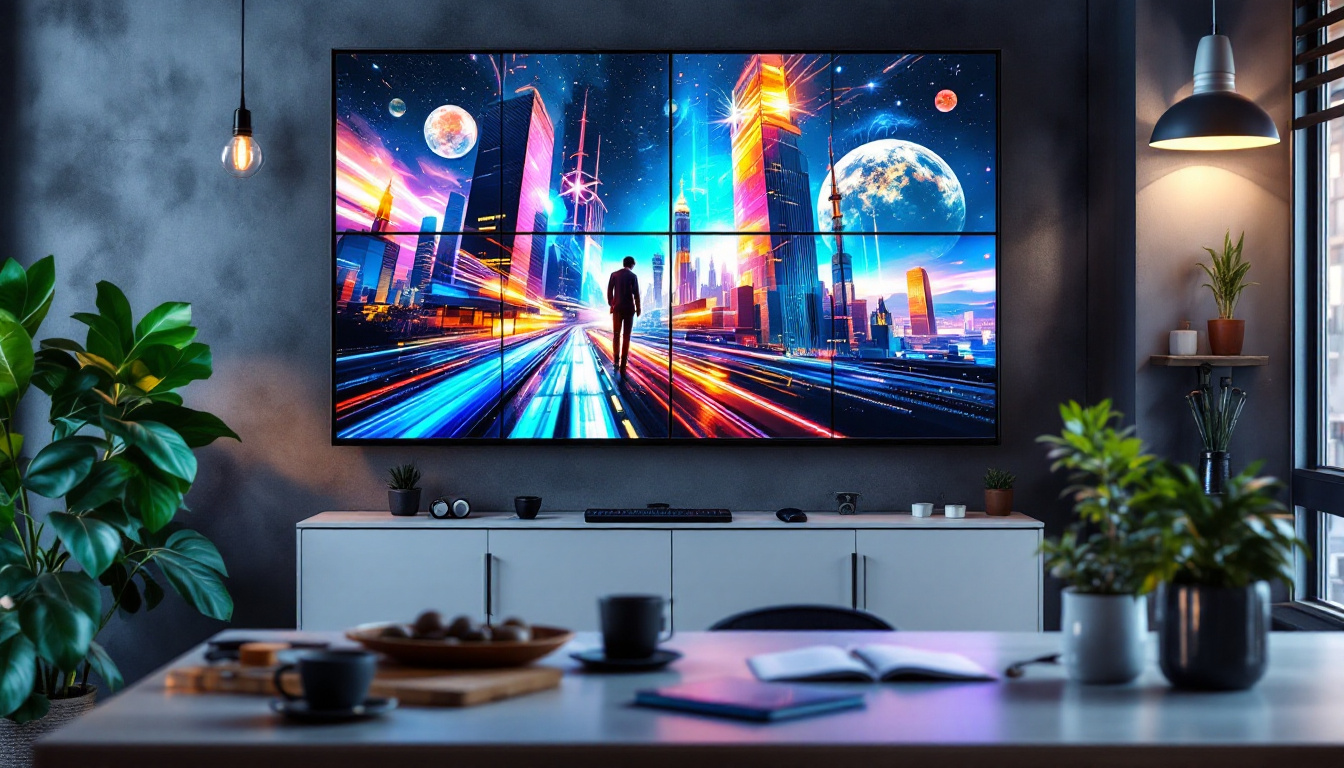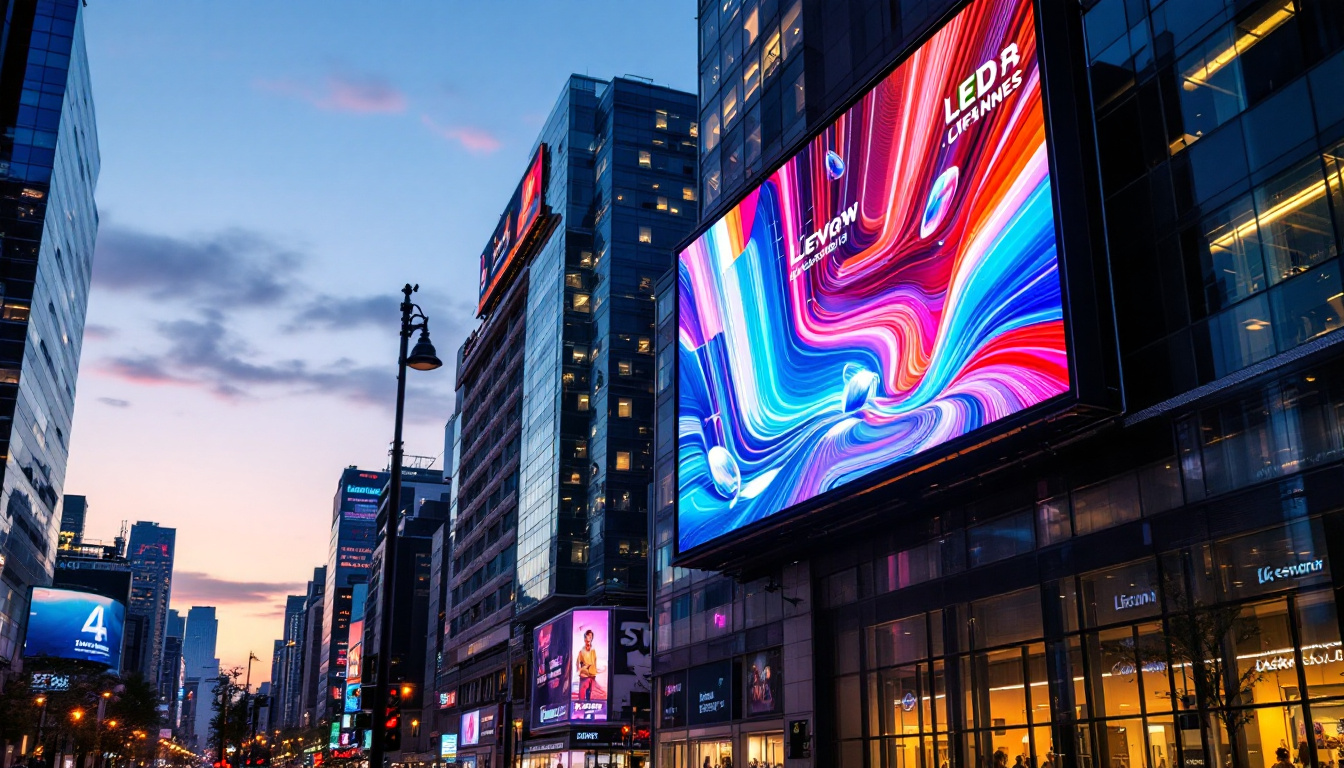In the ever-evolving landscape of advertising and communication, LED displays have emerged as a dominant force. Their vibrant colors, high visibility, and dynamic content capabilities make them an attractive option for businesses and organizations looking to capture attention. This article delves into the various aspects of LED signage, exploring its technology, applications, advantages, and future trends.
Understanding LED Technology
LED, or Light Emitting Diode, technology has transformed the way visual information is presented. Unlike traditional signage that relies on printed materials or static images, LED displays utilize a matrix of tiny light-emitting diodes to create bright and colorful images. This section will explore the fundamental components of LED technology and how they work together to produce stunning visuals.
The Components of LED Displays
At the core of every LED display are the diodes themselves. These small electronic components emit light when an electric current passes through them. LED displays are typically made up of thousands, if not millions, of these diodes arranged in a grid. Each diode can be controlled individually, allowing for a wide range of colors and brightness levels.
In addition to the diodes, LED displays consist of several other essential components, including:
- Control Systems: These systems manage the content displayed on the screen, allowing for real-time updates and changes.
- Power Supply: A reliable power source is crucial for maintaining the performance of LED displays, ensuring consistent brightness and color accuracy.
- Enclosures: The physical housing of the display protects the internal components from environmental factors, such as weather and dust.
How LED Displays Work
The operation of LED displays is relatively straightforward. Each pixel on the screen is made up of three diodes—red, green, and blue (RGB). By adjusting the intensity of each diode, a wide spectrum of colors can be achieved. For instance, combining red and green light produces yellow, while all three colors at full intensity create white light.
The control system plays a pivotal role in this process, as it dictates which colors are displayed and when. Content can be programmed to change dynamically, allowing for animations, videos, and even live feeds, making LED displays a versatile tool for communication.
Applications of LED Signage
LED displays are used in a variety of settings, from retail environments to large-scale events. Their versatility and effectiveness make them suitable for numerous applications, each with its own unique requirements and benefits.
Retail and Advertising
In the retail sector, LED displays have become a staple for advertising and promotions. Their bright, eye-catching visuals can attract customers from a distance, drawing them into stores. Retailers often use LED signage to showcase new products, sales, or special events, enhancing the shopping experience.
Moreover, the ability to change content quickly allows businesses to adapt their messaging based on time of day, season, or even current events, maximizing their marketing efforts. For instance, a clothing store might display summer sales during the day and transition to evening promotions as the sun sets.
Transportation and Wayfinding
LED displays are also prevalent in transportation hubs, such as airports, train stations, and bus terminals. They provide real-time information about arrivals, departures, and delays, ensuring travelers are well-informed. The clarity and visibility of LED signage are particularly beneficial in busy environments where quick communication is essential.
Additionally, LED displays are utilized for wayfinding purposes, helping individuals navigate complex spaces. Interactive kiosks equipped with LED screens can guide users to their desired locations, enhancing the overall experience in public areas.
Events and Entertainment
In the realm of events and entertainment, LED displays have revolutionized how audiences experience performances. Concerts, festivals, and sporting events often feature massive LED screens that display live footage, graphics, and animations, creating an immersive environment.
These displays can be configured in various shapes and sizes, allowing for creative staging and visual storytelling. The dynamic nature of LED technology enables event organizers to engage audiences in ways that were previously unimaginable, elevating the overall experience.
Advantages of LED Displays
The growing popularity of LED signage can be attributed to its numerous advantages over traditional forms of advertising and communication. Understanding these benefits can help businesses make informed decisions about their signage needs.
High Visibility and Brightness
One of the most significant advantages of LED displays is their high visibility. The brightness of LED screens ensures that content remains clear and legible even in direct sunlight or low-light conditions. This feature is particularly valuable for outdoor advertising, where competition for attention is fierce.
Moreover, LED displays can be seen from great distances, making them ideal for highway billboards or large-scale events. The ability to capture attention from afar can significantly enhance brand recognition and message retention.
Energy Efficiency
LED technology is known for its energy efficiency compared to traditional lighting solutions. LED displays consume less power while providing superior brightness, resulting in lower energy costs for businesses. This eco-friendly aspect not only benefits the environment but also contributes to cost savings over time.
Additionally, many modern LED displays come equipped with smart technology that allows for automated brightness adjustments based on ambient light conditions, further optimizing energy usage.
Durability and Longevity
LED displays are built to withstand various environmental conditions, making them a durable choice for both indoor and outdoor applications. Unlike traditional signage materials that may fade, crack, or deteriorate over time, LED displays are designed for longevity, often lasting for several years with minimal maintenance.
This durability translates to a lower total cost of ownership, as businesses can rely on their LED signage for extended periods without the need for frequent replacements or repairs.
Challenges and Considerations
While LED displays offer numerous benefits, there are also challenges and considerations that businesses must keep in mind when implementing this technology. Understanding these factors can help organizations make informed decisions regarding their signage strategies.
Initial Investment Costs
One of the primary challenges associated with LED displays is the initial investment cost. High-quality LED technology can be expensive, and businesses may need to allocate a significant budget for purchasing and installing the displays. However, it is essential to view this as a long-term investment, as the benefits gained over time often outweigh the upfront costs.
Many businesses find that the increased visibility and engagement generated by LED signage lead to higher sales and customer traffic, ultimately justifying the initial expenditure.
Content Management
Another consideration is the need for effective content management. While LED displays can showcase dynamic content, businesses must have a strategy in place to create and update that content regularly. This may require dedicated personnel or software solutions to ensure that messaging remains relevant and engaging.
Failure to manage content effectively can lead to stale or outdated information being displayed, which can negatively impact brand perception and customer engagement.
Regulatory Compliance
In some regions, there are regulations governing the use of LED signage, particularly for outdoor displays. Businesses must be aware of local laws regarding brightness levels, placement, and content to avoid potential fines or legal issues. Engaging with local authorities and understanding the regulations can help ensure compliance and a smooth installation process.
The Future of LED Signage
The future of LED signage is bright, with ongoing advancements in technology and design. As businesses continue to seek innovative ways to engage customers, LED displays will likely play an even more significant role in the marketing landscape.
Integration with Smart Technology
One of the most exciting trends in LED signage is the integration of smart technology. As the Internet of Things (IoT) continues to expand, LED displays can be connected to various devices and systems, allowing for real-time data integration and personalized messaging.
For example, businesses can utilize customer data to tailor content based on demographics, preferences, or even weather conditions. This level of personalization can enhance customer engagement and drive sales, creating a more impactful advertising experience.
Advancements in Display Quality
As technology evolves, so does the quality of LED displays. Future advancements may lead to even higher resolutions, improved color accuracy, and enhanced viewing angles. These improvements will enable businesses to create more immersive and visually stunning experiences for their audiences.
Additionally, the development of flexible and transparent LED displays opens up new possibilities for creative applications, allowing for innovative designs that blend seamlessly with their surroundings.
Sustainability Initiatives
As environmental concerns continue to rise, the LED industry is likely to focus on sustainability initiatives. This may include the development of more eco-friendly materials, energy-efficient manufacturing processes, and recycling programs for old displays. Businesses that prioritize sustainability in their signage strategies will not only contribute to a healthier planet but also resonate with environmentally conscious consumers.
Conclusion
LED displays have revolutionized the way businesses communicate with their audiences. With their vibrant visuals, energy efficiency, and durability, they offer a powerful tool for advertising and information dissemination. While there are challenges to consider, the advantages of LED signage far outweigh the drawbacks.
As technology continues to advance, the future of LED displays looks promising, with opportunities for integration, improved quality, and sustainability initiatives. Businesses that embrace this technology will be well-positioned to capture attention and engage customers in an increasingly competitive landscape.
In summary, LED signage is not just a trend; it is a transformative solution that can elevate branding and communication strategies across various industries. As organizations adapt to the changing dynamics of consumer behavior, investing in LED displays may very well be the key to staying ahead in the game.
Discover LumenMatrix’s Innovative LED Solutions
Ready to transform your visual communication and captivate your audience with unparalleled clarity? Explore LumenMatrix’s comprehensive range of LED display solutions, from vibrant Indoor and Outdoor LED Wall Displays to dynamic Vehicle and Sports LED Displays. Whether you’re looking for a Floor LED Display, a sleek LED Poster, or a Custom solution tailored to your unique needs, LumenMatrix has the technology to bring your vision to life. Elevate your brand’s presence and create immersive experiences with our cutting-edge All-in-One and Transparent LED Displays. Check out LumenMatrix LED Display Solutions today and step into the future of digital signage.

